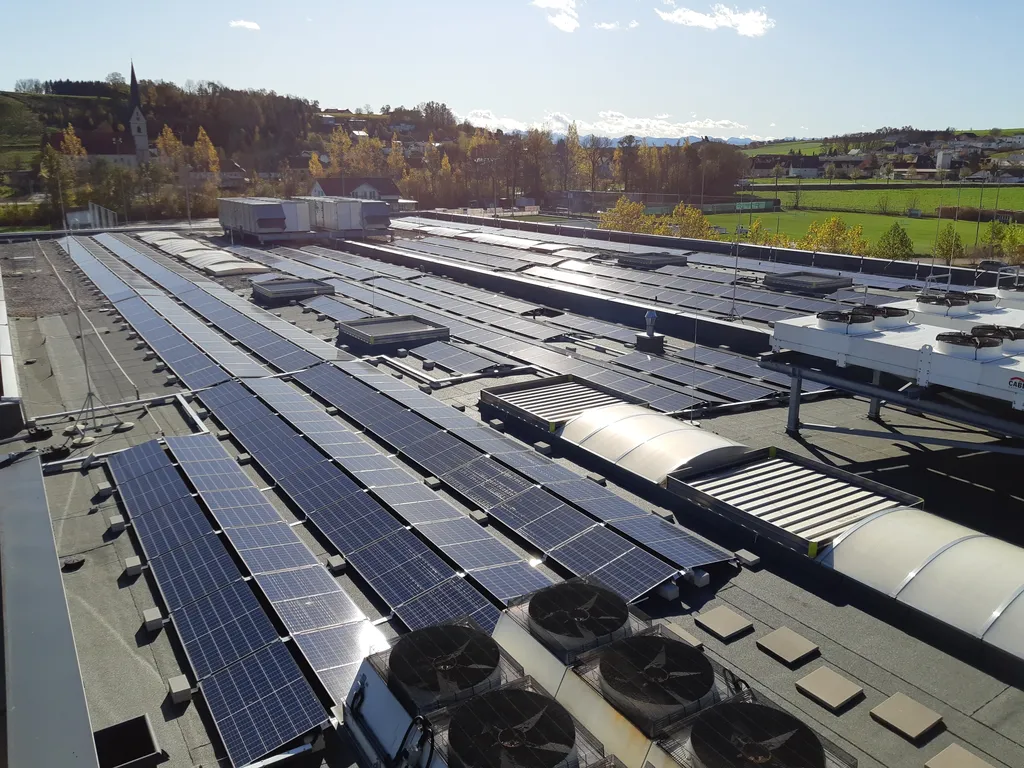In the sweltering summer heat of Nantong, a coastal city in China, urban planners and energy sector professionals are grappling with the challenges posed by the urban heat island (UHI) effect. A recent study published in the *Journal of Asian Architecture and Building Engineering* (known in English as the *Journal of Asian Architecture and Building Engineering*) offers a promising path forward, demonstrating how sustainable roofing technologies can mitigate UHI while generating renewable energy.
The research, led by Francis Deng Clement of Nantong University, evaluates the potential of various eco-friendly roof systems to combat the UHI effect. Unlike previous studies that focused on single technologies, Clement’s work integrates dark membrane, high-albedo, green, and solar-integrated roofing options into one comprehensive model. This holistic approach leverages in-situ meteorological and field data from similar coastal cities, ensuring local accuracy.
The findings are compelling. Dark membrane and black PV-covered roofs showed the highest peak sensible heat fluxes, but integrating solar panels atop reflective or green roofs achieved a 60% reduction in total sensible flux. “This is the first quantified evaluation of PV-integrated roofing solutions in Nantong’s urban climate,” Clement explains. “Our model offers a novel framework for understanding heat flux interactions, providing a data-driven basis for UHI mitigation and sustainable urban planning.”
For the energy sector, these findings present significant commercial opportunities. The integration of solar panels with reflective or green roofs not only reduces heat but also generates renewable energy, creating a dual benefit. “This research demonstrates that we can optimize roof designs to achieve both cooling and energy generation,” Clement notes. “It’s a win-win for urban resilience and the energy sector.”
The study’s implications extend beyond Nantong. As coastal cities worldwide grapple with rising temperatures and the need for sustainable urban development, the findings offer a roadmap for optimizing roof designs. By adopting these technologies, cities can enhance their resilience to climate change while tapping into renewable energy sources.
Clement’s research provides a valuable tool for urban planners, architects, and energy professionals. “Our model can be adapted to other coastal cities, offering a framework for evaluating the potential of sustainable roofing technologies,” he says. This data-driven approach could shape future developments in the field, promoting long-term urban resilience and sustainable energy generation.
As the world continues to urbanize and temperatures rise, the need for innovative solutions to mitigate the UHI effect becomes increasingly urgent. Clement’s research offers a promising path forward, demonstrating how sustainable roofing technologies can combat the UHI effect while generating renewable energy. For the energy sector, these findings present significant commercial opportunities, paving the way for a more sustainable and resilient urban future.

